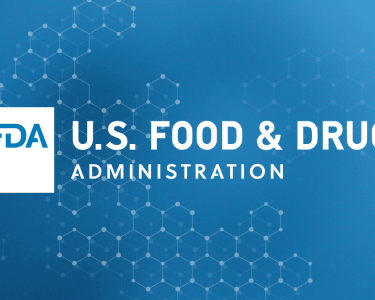
The Equine Biological Passport (EBP) summarizes the monitoring of biomarkers for selected racing horses in the context of anti-doping control. Here, we introduce individual limits, customized for each horse, to supervise the stability of the IGF-1 profile over a racing season. This method has been applied to experimental data and then tested on EBP data.
ABSTRACT
Despite the International Federation of Horseracing Authorities (IFHA) regulation associated with heavy sanctions, the abuse of prohibited substances must be identified and deterred throughout horses’ athletic careers, such as the administration of recombinant growth hormone (rGH). GH is naturally produced in mammal organisms to stimulate growth. Thus, rGH administration can enhance the performance of horses by expanding some physical abilities. As measuring endogenous GH levels is complex, an indirect strategy is to monitor GH-associated biomarkers in plasma as insulin-like growth factor 1 (IGF-1) levels. To prevent these misuses, the Equine Biological Passport (EBP) has been designed in France (GIE LCH) and Australia (ARFL-Racing NSW) to profile specific biological and chemical parameters in selected racehorses. In this study, we investigated individual limits as a complementary tool to a single limit to supervise the stability of IGF-1 profile over a racing season. The aim is to design custom limits based on the horse’s history to detect any deviation below the single limit. The method was assessed using experimental data and then tested on EBP data from three thoroughbreds and three French trotters. Finally, individual limits have been added to the French EBP for IGF-1 monitoring.


